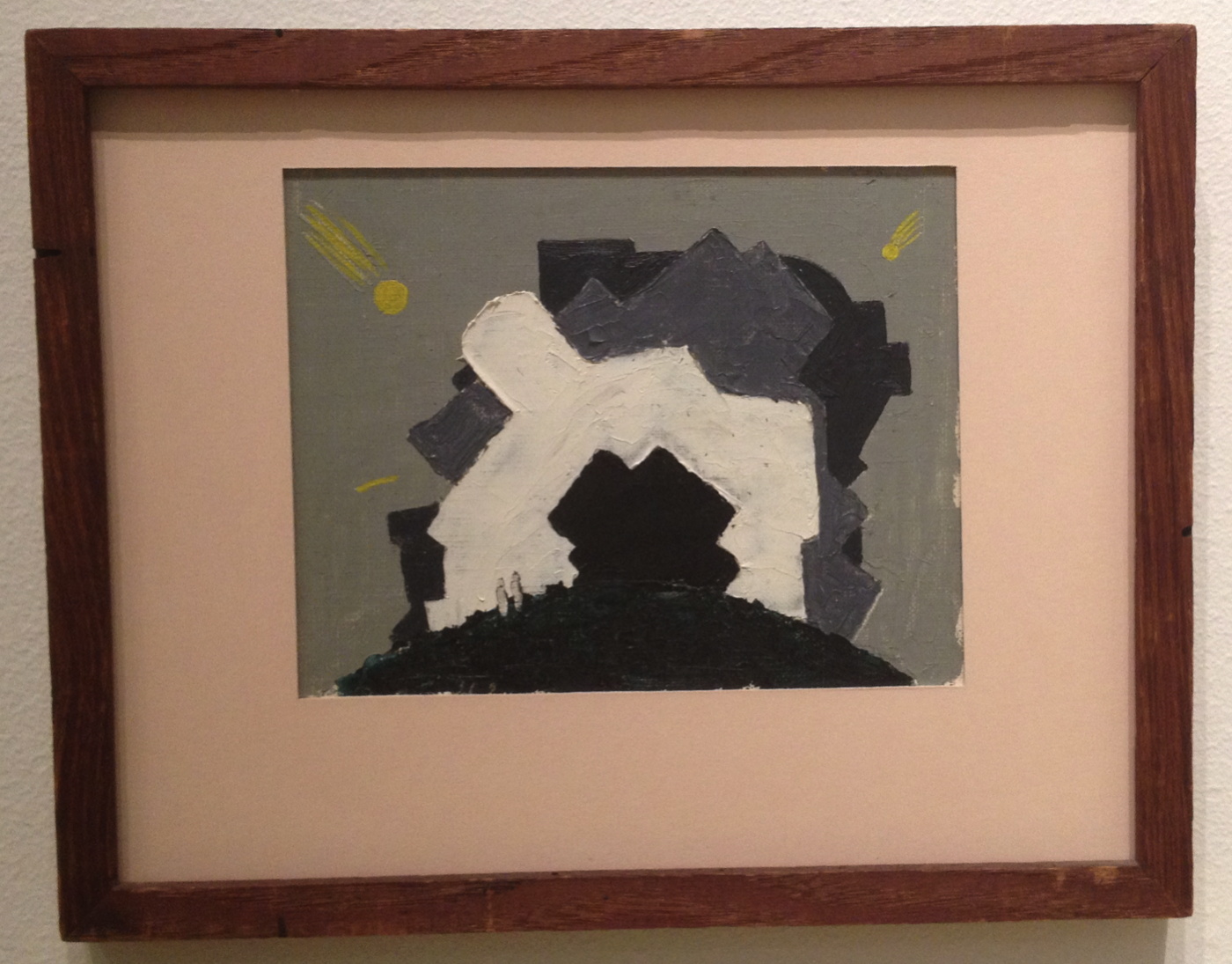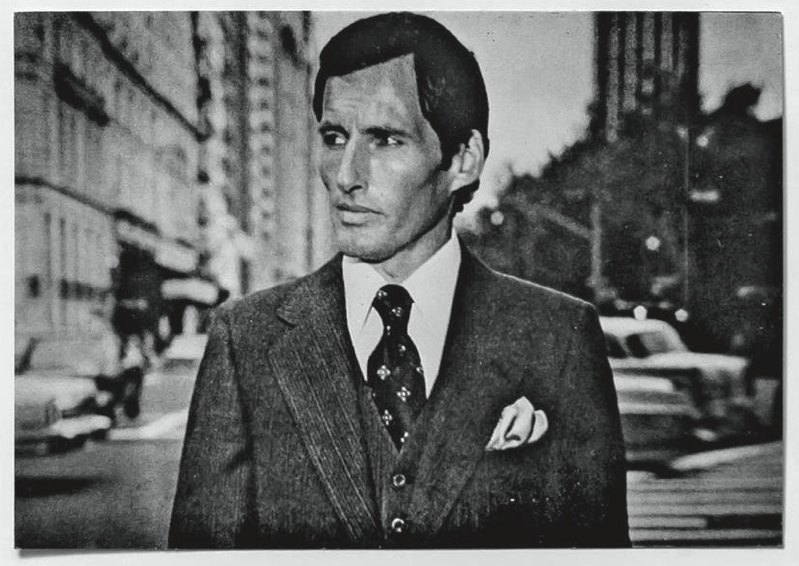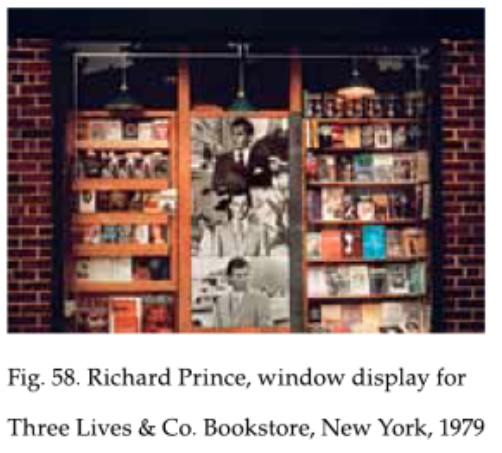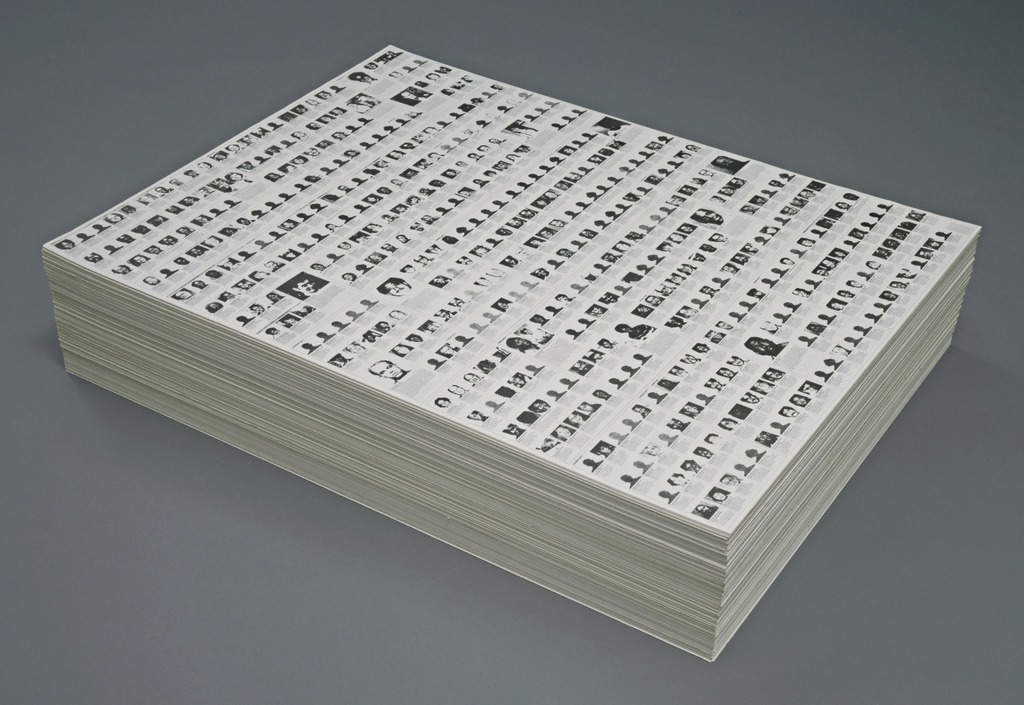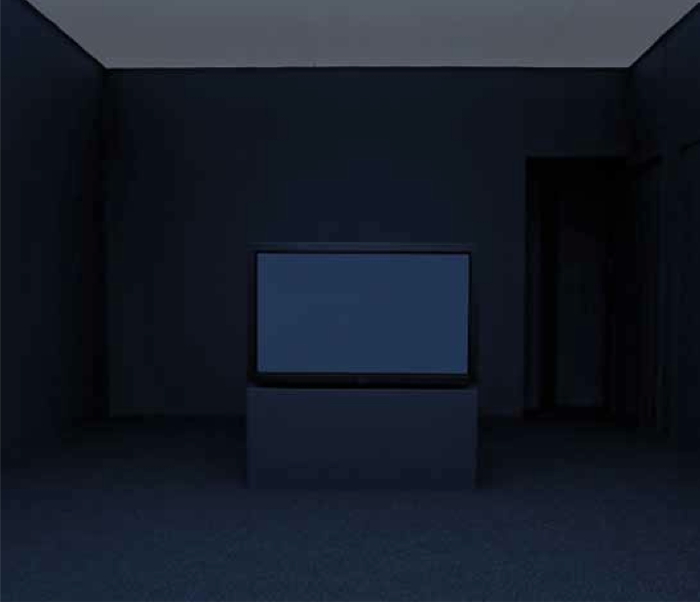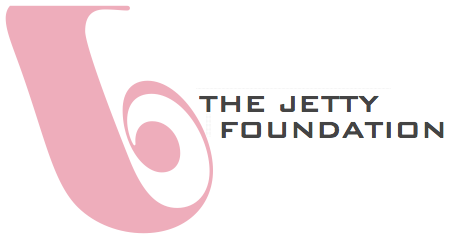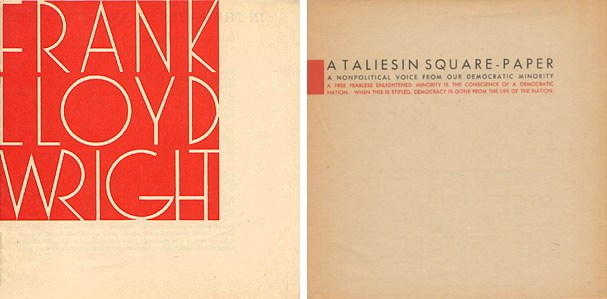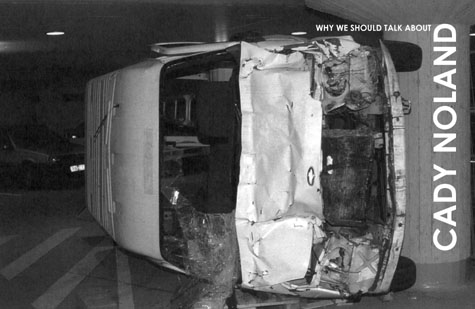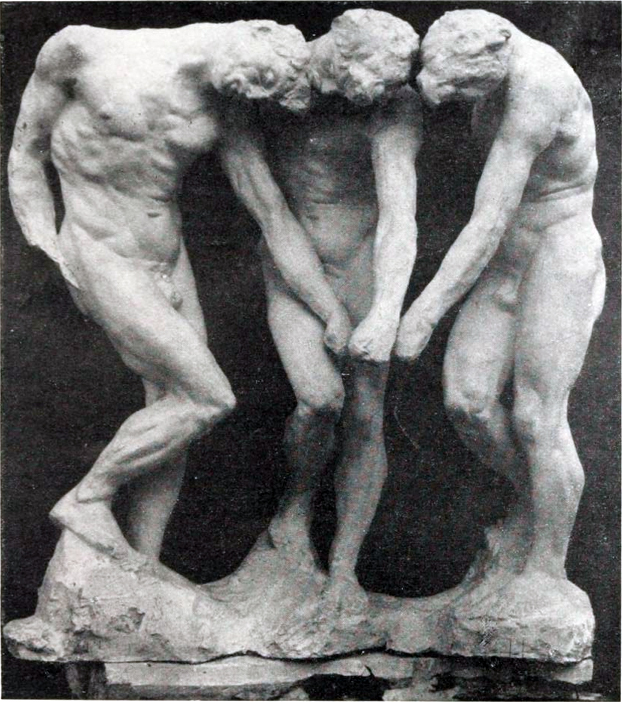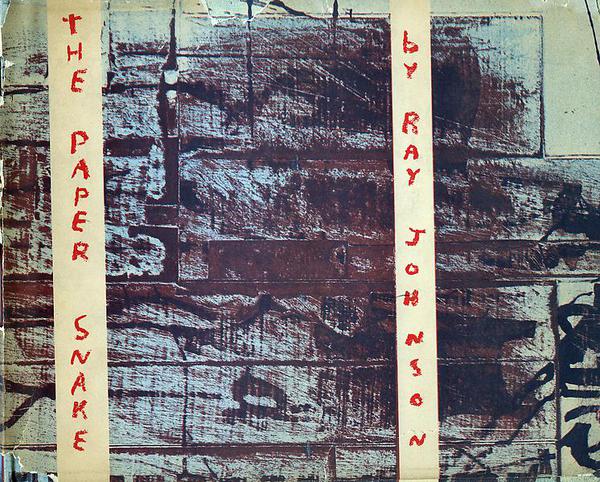
Reading a Dan Graham interview transcript about magazine articles as artworks, and contemplating the [so far] failed campaign for Giant Meteor ’16, I thought of Mel Bochner’s and Robert Smithson’s In The Domain Of The Great Bear, published in the Fall 1966 issue of Art Voices. This edition of Better Read is two excerpts from that work, which I imagined as a diptych.
PDF scans of In The Domain Of The Great Bear can be found in various places online [pdf]. The version I like is on Mel Bochner’s own website [pdf], because it preserves the appearance of the work as originally published. Bochner spoke about Domain at a 2005 Smithson symposium at the Whitney Museum. I was at that symposium, but the New York-centric historian who said visiting the Spiral Jetty site doesn’t matter, the film is enough, and Nancy Holt’s nonchalant comments about adding more rocks to the Jetty have obliterated all other memories of that day. Fortunately the talk was later adapted as “Secrets of the Domes” and published in the September 2006 issue of Artforum.
serendipitous update: I happened across the John Wilmdering Symposium at the NGA from last Fall, where art historian Justin Wolff talked about Rockwell Kent’s End of the World lithographs, which were made for Life Magazine. For a story, though, about a very popular program at the then-new Hayden Planetarium, where scientists would speculate on the many ways the earth could be destroyed. So this was not just Smithson; it was a Hayden thing. Great [End] Times. [oh, spoiler alert?]
Download Better_Read_012_Bochner_Smithson_Domain.mp3 [9:36, mp3, 13.8mb, via dropbox greg.org]
Podcast: Play in new window | Download
Subscribe: RSS

